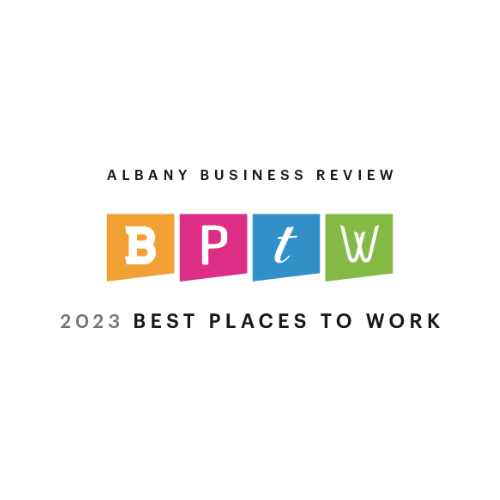The new lease accounting standard is effective for fiscal years beginning after December 15, 2021 for nonpublic organizations; so it’s essential that businesses start planning now if you haven’t already.
WHAT IS THE NEW LEASE STANDARD?
The new lease standard, Topic 842, Leases, is intended to account for all lease obligations on the balance sheet, rather than excluding operating leases which was the previous requirement. This change intends to reflect an entity’s financial situation accurately as possible within the financial statements. With the new standard, all leases must appear on the balance sheet as a Right of Use Asset and Lease Liability.
WHAT QUALIFIES AS A LEASE?
To qualify as a lease under the new standard:
- It must be a physical asset
- You must have the right to control or use the asset
- The asset must be explicitly or implicitly defined
Examples include (but are not exclusive to) building/office rental, copiers, computers and servers, vehicles and equipment. Examples of what is typically not considered a lease under this standard are software subscriptions, leases for intangible assets, leases for exploration or use of non-renewable resources and leases of inventory or assets under construction.
Some judgment may be necessary in analyzing existing leases to implement the new standard. The good news of a judgment-based standard is that the facts and circumstances behind the lease contracts drive the numbers on your financial statements, rather than implementing hard line accounting rules that may not apply to every circumstance.
Keep in mind that this analysis and interpretation increases the time it will take to implement the new standard, which is why it’s important to act soon.
WHAT IS THE IMPACT OF NEW LEASE STANDARD?
As you’d expect, implementing the new lease standard means you will change how you consider and account for individual leases. Here are just a few considerations to keep in mind.
- DEBT COVENANTS
Implementing the new lease standard won’t change your organization, but it may affect the way your financial results are viewed by outside parties. In particular, adding significant lease liabilities can impact compliance with debt covenants. It’s important that you get a handle on the potential impact and start conversations with your bank as early as possible.
- POLICY ELECTIONS
The new lease standard requires organizations to make policy decisions about how they will handle leases. Many of these policies make implementation easier, but often will result in a larger asset and liability on the balance sheet. Early on, your organization should review and decide on the policies that are right for you.
- PROCESS AND CONTROLS
In some organizations, operating lease decisions may be fairly decentralized, especially when multiple locations are involved. Proper implementation will require such decisions to be documented and available for the accounting department, which introduces a need for new systems, processes and controls.
HOW WE CAN HELP
There are many complexities to implementing the new lease standard and we are more than happy to help you with the process.
- ADVICE
As your CPA firm, we are always available for questions on the process or lease standard interpretation. Implementing the standard will require effort and time and collaborating can ease that burden.
- SYSTEMS
Given the complexity involved in capturing and controlling accurate data, calculating monthly journal entries, and creating the required footnote disclosure for financial statements, we recommend seeking a software solution to track your portfolio depending on your number of leases. We have a few recommended vendors and solutions.
- TEAM SUPPLEMENT
Recognizing the effort involved in implementing the new standard, we have an experienced team ready to help you collect, analyze and enter lease data so you are able to execute the new requirements in a timely manner.
- OUTSOURCE
Some organizations would prefer to focus on their core business and leave this work to the experts. Similar to your fixed asset schedules, we could maintain your lease portfolio on an ongoing basis.
NEXT STEPS: IT’S TIME TO TAKE ACTION
The sooner you start preparing to implement the new lease standard, the easier it will be. It’s important to assess:
- The size and complexity of your lease portfolio
- The strength of your processes for leases
- The policy elections that you will select for the new lease standard
- The scope of your implementation process
We are available to help and provide resources as necessary as you implement the standard within your organization. Please let us know how we can assist!


